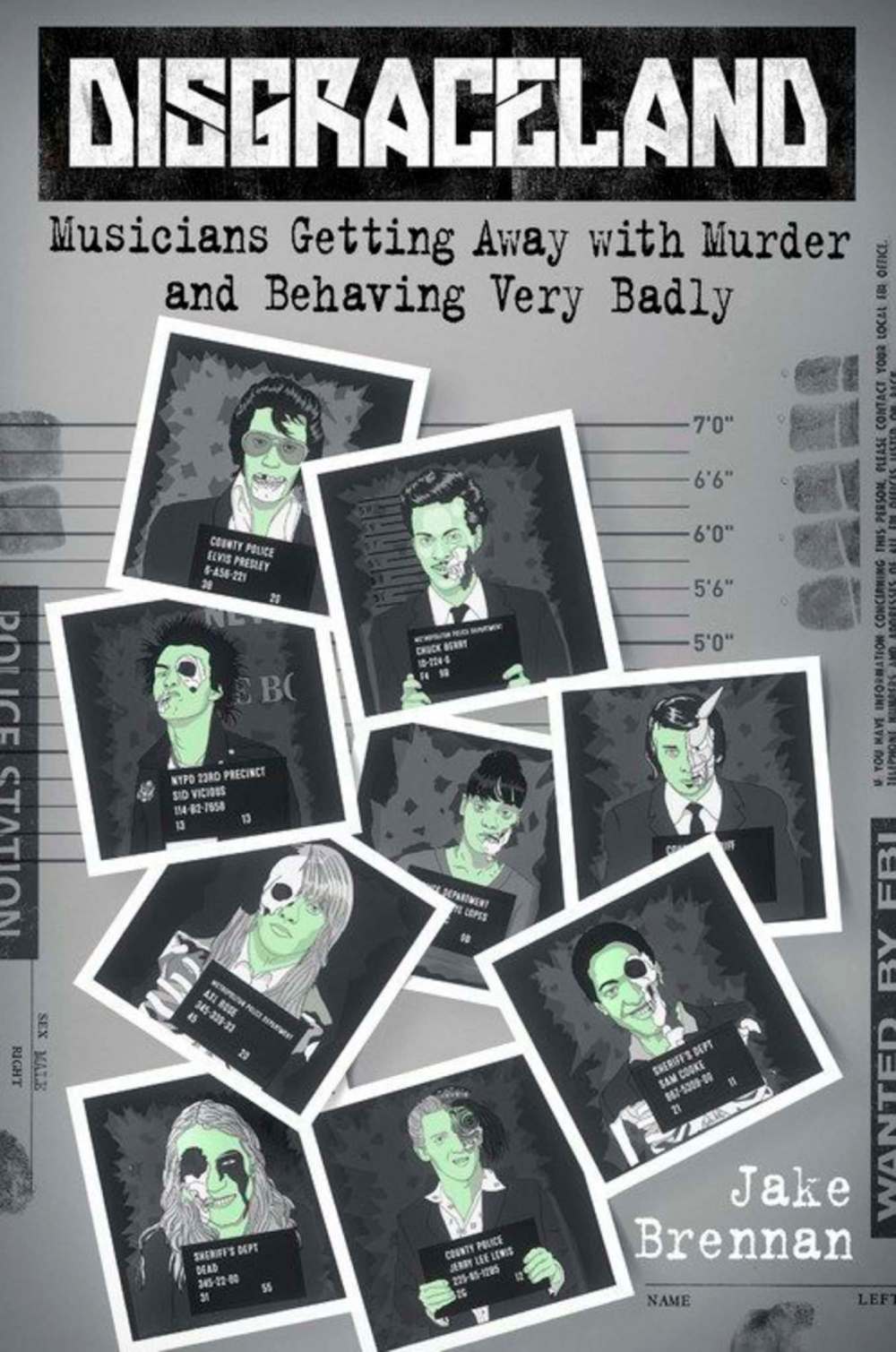Fact, fiction collide in rock star stories
Advertisement
Read this article for free:
or
Already have an account? Log in here »
To continue reading, please subscribe:
Monthly Digital Subscription
$0 for the first 4 weeks*
- Enjoy unlimited reading on winnipegfreepress.com
- Read the E-Edition, our digital replica newspaper
- Access News Break, our award-winning app
- Play interactive puzzles
*No charge for 4 weeks then price increases to the regular rate of $19.00 plus GST every four weeks. Offer available to new and qualified returning subscribers only. Cancel any time.
Monthly Digital Subscription
$4.75/week*
- Enjoy unlimited reading on winnipegfreepress.com
- Read the E-Edition, our digital replica newspaper
- Access News Break, our award-winning app
- Play interactive puzzles
*Billed as $19 plus GST every four weeks. Cancel any time.
To continue reading, please subscribe:
Add Free Press access to your Brandon Sun subscription for only an additional
$1 for the first 4 weeks*
*Your next subscription payment will increase by $1.00 and you will be charged $16.99 plus GST for four weeks. After four weeks, your payment will increase to $23.99 plus GST every four weeks.
Read unlimited articles for free today:
or
Already have an account? Log in here »
Hey there, time traveller!
This article was published 02/11/2019 (2197 days ago), so information in it may no longer be current.
Disgraceland is an interesting combination of fact and fan fiction, consisting of 11 short stories about 10 recording artists from the past 70 years — some legendary and well known, others somewhat obscure — tied together by the common threads of inspiration and their shared experiences.
In the book, author Jake Brennan — a Boston-based musician and host of the Disgraceland podcast — mixes established facts about popular-music figures with his own conclusions about their motivations and inner thoughts. It’s a combination he, in an author’s note at the beginning of the book, describes as “a stylized interpretation… melding true crime and transgressive fiction” to align the musicians and their art with the mythology that surrounds them.
Chapters about Elvis Presley bookend episodes about Jerry Lee Lewis, the Norwegian death metal scene, Gram Parsons, Axl Rose, Chuck Berry, Sid Vicious of the Sex Pistols, Sam Cooke, Lisa “Left Eye” Lopes and producer Phil Spector. The book’s title comes from a clever bit of wordplay regarding the residences of Elvis Presley (”the King”) and Jerry Lee Lewis (”the Killer”). While the King was whooping it up at Graceland in Memphis, the Killer was living a debauched life as only he could in his mansion, informally known as Disgraceland, less than 30 kilometres south in in Nesbit, Miss. Brennan capitalizes by following the opening chapter about Presley with a chapter about Lewis that begins with an intoxicated Killer making the drive north to Memphis and crashing into the gates at Graceland on an unsuccessful mission to assassinate the King.

The style Brennan uses in Disgraceland comes across as upscale tabloid writing, scandalous with a touch of sophistication. His tales of celebrities behaving badly are trimmed with real and imagined insight into what made them tick, with varying degrees of success from subject to subject.
While Disgraceland is at times inconsistent, Brennan deserves credit for doing his homework and presenting important information about his subjects’ backgrounds, which give readers insight into who they are or and creates some degree of sympathy for people who, on the surface at least, are undeserving of any sympathy at all.
Subjects such as Vicious and Spector are so well-known that it is difficult for Brennan to effectively inject his “stylized interpretation” into the narrative. There have been countless books, documentaries and other accounts of the controlling and brilliant Spector and the pathetic and doomed Simon John Ritchie (a.k.a. Vicious) that anything that wavers from the established stories of their lives seems somewhat contrived and based in fantasy.
Parsons is alternately revered in some circles as a pioneer of the California country rock movement (which spawned Jackson Browne and the Eagles) or seen as a drug-addled Rolling Stones/Keith Richards wannabe (he could be both). He and the Norwegian death metal scene are more open to Brennan’s addition of “transgressive fiction” because less about them is widely known, making their chapters less susceptible to critical assessment.
Disgraceland was never meant to be a factual account of the tawdry episodes of its subjects. Rather, it’s a fantastic retelling of their stories based on facts injected with the author’s stylized interpretation.’ Readers open to a bit of fact-based fiction about the bad behaviour of pop-music icons, along with a few also-rans, will enjoy the book.
Gilbert Gregory is a Free Press copy editor.


